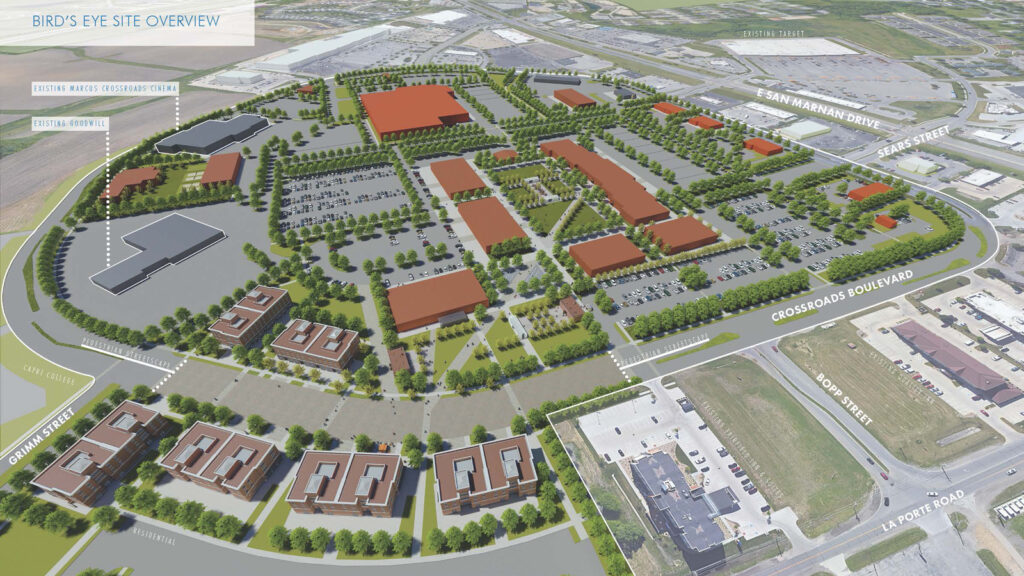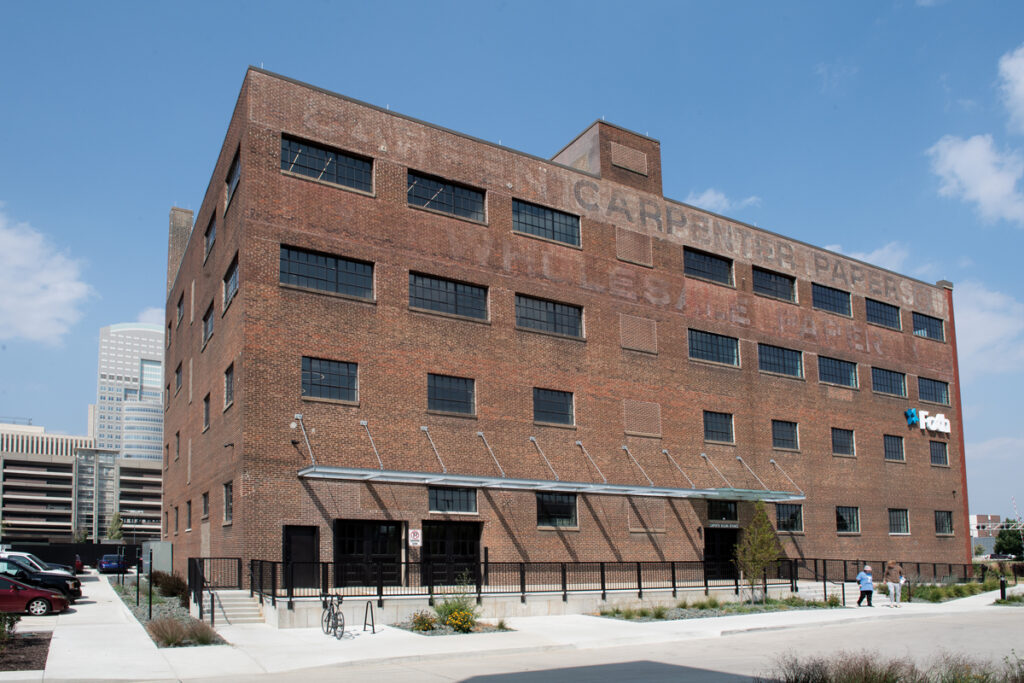Garnaas banrkuptcy the biggest, but not the last in real estate market

Garnaas banrkuptcy the biggest, but not the last in real estate market
By Kent Darr
The collapse of real estate development companies, highlighted Wednesday by the bankruptcy filing of Jon and Faith Garnaas, with what is believed to be a state record $457 million in debts largely tied to the development of dirt, is bound to continue, according the attorney who filed the case.
“It’s the same phenomenon we’ve seen with the people who have preceded Jon and Faith; when you have a big project and you’ve seen a drying up of credit, and a cratering of the real estate market, it’s real tough to withstand that,” said Steve Wandro, who also filed the $180 million bankruptcy of Regency companies principal James Myers.
With shrinking or nonexistent credit available to developers, and with federal regulators eyeballing the loan portfolios of healthy and diseased banks, the likelihood of workouts on outstanding debt is diminishing.
“It just goes to show the width and the breadth of the real estate market. It is just absolutely stunning,” Wandro said.
Garnaas grew his Ladco development companies from the builder and investment arm of medical facilities, and branched into a spectrum of projects, including the Davis Brown Tower and the upscale Village of Ponderosa in West Des Moines.
Financing for many of the deals came from banks and individuals who became investment partners in entities that focused on individual projects.
Garnaas, and in many cases his wife, Faith, provided a personal guarantees on many of the loans from individuals as well as those from more traditional institutions. And those loans – Wandro would not call them securities – came from a variety of individuals and Greater Des Moines institutions, including GuideOne Mutual Insurance Co., Equity Investment Life Holdings Co. and Holmes Murphy Associates Inc., according to court records.
The filing cited nearly $9.3 million in secured claims to two lenders and $448 million in unsecured claims due 50 creditors. The couple claimed slightly more than $1.1 million in assets, primarily in the value of a residence in Clive and condominium at Brown-Camp Lofts.
The Garnaases will attempt to keep their Clive home, which is valued at $808,000 It was used as collateral on $9 million in business debt. Wandro said it could be difficult for the couple to retain the home. They plan to give up the condominium at Brown-Camp Lofts.
Wandro also said the Garnaases will liquidate much of their $189,354 in claimed personal property in order to satisfy debts.
Jon Garnaas’ income has dropped from $863,572 in 2009 to $262,730 so far this year, according to court records, which list no current monthly income.
The Garnaas filing follows bankruptcy cases for three Regency principals, developers Randy Walters, Dan Stanbrough and Joel Goodman. Over the Thanksgiving weekend, developer David Walters filed for bankruptcy, citing business debts.
Wandro predicted that more real estate-related bankruptcies will follow.
The collapse of real estate development companies, highlighted Wednesday by the bankruptcy filing of Jon and Faith Garnaas, with what is believed to be a state record $457 million in debts largely tied to the development of dirt, is bound to continue, according the attorney who filed the case.
“It’s the same phenomenon we’ve seen with the people who have preceded Jon and Faith; when you have a big project and you’ve seen a drying up of credit, and a cratering of the real estate market, it’s real tough to withstand that,” said Steve Wandro, who also filed the $180 million bankruptcy of Regency companies principal James Myers.
With shrinking or nonexistent credit available to developers, and with federal regulators eyeballing the loan portfolios of healthy and diseased banks, the likelihood of workouts on outstanding debt is diminishing.
“It just goes to show the width and the breadth of the real estate market. It is just absolutely stunning,” Wandro said.
Garnaas grew his Ladco development companies from the builder and investment arm of medical facilities, and branched into a spectrum of projects, including the Davis Brown Tower and the upscale Village of Ponderosa in West Des Moines.
Financing for many of the deals came from banks and individuals who became investment partners in entities that focused on individual projects.
Garnaas, and in many cases his wife, Faith, provided a personal guarantees on many of the loans from individuals as well as those from more traditional institutions. And those loans – Wandro would not call them securities – came from a variety of individuals and Greater Des Moines institutions, including GuideOne Mutual Insurance Co., American Equity Investment Life Holdings Co. and Holmes Murphy Associates Inc., according to court records.
The filing cited nearly $9.3 million in secured claims to two lenders and $448 million in unsecured claims due 50 creditors. The couple claimed slightly more than $1.1 million in assets, primarily in the value of a residence in Clive and condominium at Brown-Camp Lofts.
The Garnaases will attempt to keep their Clive home, which is valued at $808,000 It was used as collateral on $9 million in business debt. Wandro said it could be difficult for the couple to retain the home. They plan to give up the condominium at Brown-Camp Lofts.
Wandro also said the Garnaases will liquidate much of their $189,354 in claimed personal property in order to satisfy debts.
Jon Garnaas’ income has dropped from $863,572 in 2009 to $262,730 so far this year, according to court records, which list no current monthly income.
The Garnaas filing follows bankruptcy cases for three Regency principals, developers Randy Walters and Joel Goodman and developer Dan Stanbrough’s companies. Over the Thanksgiving weekend, developer David Walters filed for bankruptcy, citing business debts.
Wandro predicted that more real estate-related bankruptcies will follow.










